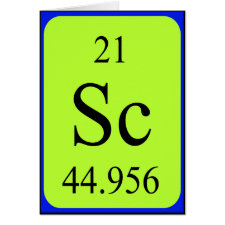
Authors: Sharabi D, Paz Y
Article Title: Preferential photodegradation of contaminants by molecular imprinting on titanium dioxide.
Publication date: 2010
Journal: Applied Catalysis B: Environmental
Volume: 95
Issue: (1-2)
Page numbers: 169-178.
DOI: 10.1016/j.apcatb.2009.12.024
Alternative URL: http://www.sciencedirect.com/science/article/B6TF6-4Y1NV2X-4/2/4b4755cfa937b2d2f22762acb08032b6
Abstract: The photocatalytic degradation of organic contaminants on titanium dioxide is basically non-selective. While this seems at first glance to be an advantage, this is not the case when a stream containing low concentrations of highly toxic substances together with high concentrations of low toxic organics has to be treated. A method for obtaining preferential degradation by means of preparation of molecularly imprinted photocatalyst is presented hereby. The method is demonstrated with two model compounds simulating the nerve gas sarin: diisopropyl methylphosphonate (DIMP) and diethylhydroxy methylphosphonate (DEHMP). An improvement by a factor of 3-4 in the mineralization rates was observed upon using the imprinted substrates. This enhancement in photocatalytic rates cannot be explained by the modest growth in the surface area (not more than 20-30%), hence it can be concluded that the enhancement resulted from the conformity between the target molecules and the molecular cavities on the imprinted sites. This conclusion is further supported by the lower extent of enhancement upon degrading benzene and heptane. Of particular interest is the fact that substrates that were imprinted with DEHMP were found to be very effective in the degradation of the homolog DIMP. This observation suggests the use of molecules having good affinity to the matrix as a means to obtain high surface concentration of molecular active sites, thus detouring the problem of aggregation that might arise in cases where the target contaminants have low affinity to the matrix. Another benefit is the possibility of using non-toxic homolog molecules for constructing the imprinted photocatalyst. This benefit is in particular important when designing a photocatalyst for WMD warfare agents, as in the case of sarin
Template and target information: diisopropyl methylphosphonate, DIMP, diethylhydroxy methylphosphonate, DEHMP, nerve gas simulants, chemical warfare agents
Author keywords: titanium dioxide, molecular imprinting, Photocatalysis, DIMP, DEHMP



Join the Society for Molecular Imprinting

New items RSS feed
Sign-up for e-mail updates:
Choose between receiving an occasional newsletter or more frequent e-mail alerts.
Click here to go to the sign-up page.
Is your name elemental or peptidic? Enter your name and find out by clicking either of the buttons below!
Other products you may like:
 MIPdatabase
MIPdatabase









